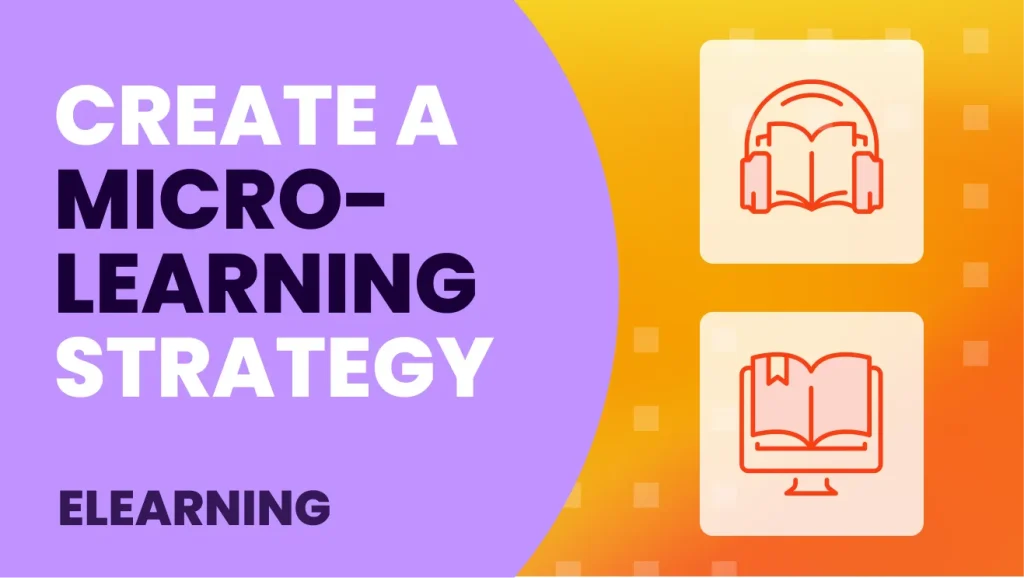Collaborative learning has gained prominence in the educational world as an innovative methodology that encourages active student participation. In this article, we will take a closer look at what and how it can transform the educational experience. In addition, we will present three practical examples that illustrate the effective use of this technique in different contexts.
What is Collaborative Learning?
It is an educational strategy that focuses on teamwork and interaction among students to achieve common goals. Unlike individual learning, where the student works independently, this learning system encourages communication, collaborative problem solving, and knowledge sharing. In this method, students benefit from each other by sharing their experiences, skills, and perspectives. Whether in a physical classroom or in virtual environments, this type of learning can be successfully applied using technology to facilitate online collaboration.
Benefits of collaborative learning:
1. Social Skills Development
This method builds critical social skills such as effective communication, empathy, and the ability to work in a team. These skills are essential in the workplace and in everyday life.
2. Fostering Critical Thinking
By working in groups, students are exposed to a variety of perspectives and solutions. This encourages critical thinking by analyzing different approaches to problems and making informed decisions.
3. Improved Knowledge Retention
The constant interaction between students during collaborative learning helps to increase knowledge retention. Discussion and exchange of ideas enhance understanding of concepts.
Collaborative Learning Practical Examples
Example 1: Collaborative Projects in Science
Let’s imagine a science class where students have to investigate a natural phenomenon. Instead of working individually, collaborative groups are formed. Each group is charged with researching, collecting data, and presenting their findings to the rest of the class. This approach not only improves understanding of the material, but also develops teamwork and communication skills.

Example 2: Online discussion forums in distance learning
In distance learning environments, the collaborative approach can be achieved through online discussion forums. Students can engage in discussions, share resources, and solve problems together. This modality not only breaks down geographical barriers, but also encourages active student participation, giving them the opportunity to voice their opinions and learn from their peers.
Example 3: Project-Based Learning in the Enterprise
In the business environment, collaborative learning is manifested through the project-based learning approach. Employees can form teams to address specific business challenges and collaborate on solutions. This method not only promotes problem solving, but also strengthens team cohesion and fosters a collaborative work environment.
How to encourage collaborative learning with Moodle
Here are some suggestions for encouraging collaborative learning in Moodle:
Discussion Forum
- Use the discussion forums to encourage debate and reflection. Establishes interesting and relevant topics for students to share their opinions and knowledge.
- Assign tasks that require active participation by all group members in the forums to encourage collaboration.
Groups
- Divide students into groups for specific activities. Moodle allows the creation of groups, making it easier to manage collaborative activities.
- Provides assignments or projects that require input from all members of the group, encouraging shared responsibility.
Wiki and Shared Resources
- Use the Wiki tool for students to collaborate in the creation of content. They can collaboratively build knowledge, edit and improve information.
- Facilitates access to shared resources, such as documents, presentations, or links, so that students can benefit from the group’s contributions.
Surveys and Feedback Activities
- Implement surveys and feedback activities to evaluate group dynamics. Ask students about their experiences with this method and how it could be improved.
- Uses feedback to adjust strategies and foster a more effective collaborative environment.
Chat and Internal Messaging
- Encourages real-time communication with the chat feature. Students can discuss ideas, ask questions and collaborate instantly.
- Encourage students to use internal messaging to discuss projects or resolve questions quickly and directly.

Collaborative Database
- Create databases where students can contribute information relevant to the course. This may include resources, case study examples, or useful links.
- It establishes criteria for the quality of submissions and encourages review and feedback among students.
Group Tasks
- Design tasks that require collaboration among group members. Moodle allows for the submission of group assignments, which facilitates the assessment of collective performance.
- Provides clear rubrics that emphasize the importance of collaboration and the quality of teamwork.
Conclusion
Collaborative learning is a powerful tool that can transform the way students acquire knowledge and skills. By encouraging collaboration, it promotes critical thinking, effective communication, and the development of important social skills. The practical examples presented illustrate how this approach can be applied in a variety of situations, from the science classroom to the business environment, highlighting its versatility and relevance in today’s education.
This method is not only about acquiring knowledge, but also about building meaningful connections and lifelong skills. Do you dare to start it up?





